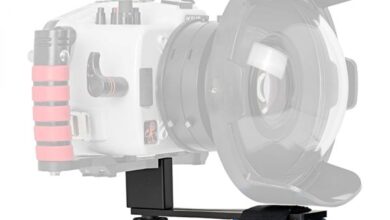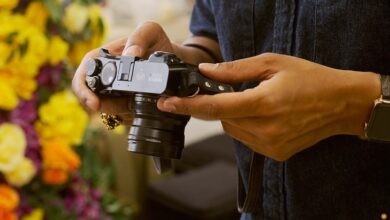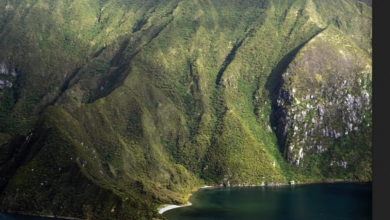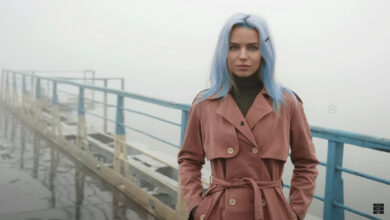Should You Use Flash For Indoor Photography Or Just High ISO Settings?
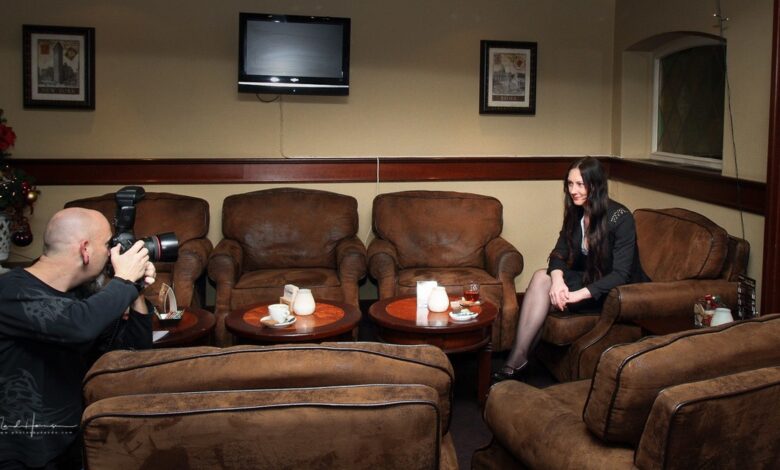
Usually, I read about natural light photographers who prefer higher ISO settings over using flash. The latter is considered unnatural and non-dispersive light. Perhaps that photographer should consider the benefits that flash can provide without sacrificing a natural-looking photo.
I think there are two types of photographers. Some will avoid the flash at all costs, and some will go to great lengths to achieve the best possible light quality, even if that means using the extra light produced by the flash.
Use directional ambient lighting when possible
As we all know, directional light is the best type of light available. We use it everywhere, like landscape photography, product photography, portrait photography and if possible wedding photography. Using shadows will give depth to the photo, making it a lot more interesting. It can also give you the cinematicc look you want.
When there is directional light, it is often enough to create a great image. If you use light that shines through windows and doors, simply place your subject in the correct position and take the photo.
Strong backlighting can also work, but without additional light, the subject will become a silhouette. Sometimes that’s enough for a great image. A good photographer will recognize the possibilities that ambient light offers and use it where possible.
In events like weddings, it’s not always possible to adjust the position of the couple and the guests. You must use current lighting. Sometimes it means you don’t have a directional light, or it will have the wrong direction.
Ambient light without any direction or wrong direction
I run into terrible lighting quite often. Poorly lit venues, often lamps hanging from the ceiling with just a few small windows won’t make any difference. It’s easy to use high ISO settings to get the shutter speed needed for sharp photos. Modern cameras allow surprisingly high ISO settings without the great risk of unacceptable levels of noise. In most cases, that still won’t be the best way to go.
I found a good example in my archive of a wedding from a while ago. The first is a photo with exposure settings for ambient light. I needed ISO 1600 to get an acceptable shutter speed. But the scene was only lit by ceiling lights, without any direction. So the faces of the bride and the priest were hidden in the dark.
For the second photo in this example, I used a flash to brighten the face. Suddenly, the photo is much better. I kept the same exposure for ambient light, but added a little more light for better light quality. Although the flash is used, the image is still natural. In other words, it’s not an ugly flash photo.
Balance between ambient light and flash
The main rule for this type of flash photography is to separate the settings for both flash and ambient light. These are two different things and can be ordered separately. Keep the camera settings for ambient light, perhaps once underexposure, and perhaps use the flash to correctly expose the subject. This way, you prevent strong light degradation that occurs when the flash is too strong. It means you have to use high ISO settings if necessary.
By pointing the light to the left or right, you will change the flashlight to a directional light, especially when you are flagging the flash to prevent direct light on the subject. This will create great directional light, as if you were using natural light from a window. Whatever you do, never use the ceiling for a bounce flash If you do, there is a risk of ghosting appearing under the eyebrows, nose, and skin.
Flash and backlight
Sometimes, having multiple windows leads to strong background light. It will make using directional lighting much more difficult. Using only ambient light will make the background too bright or your subject will become too dark. In the worst case, the object will become a silhouette. Fill flash will rescue you from this situation.
Using a high ISO setting won’t be the answer as it won’t change the lighting situation. But if you use the flash carefully, the result will be a natural look.
Post-processing to the rescue?
You may think you can use a high ISO setting and give up the flash. After all, the final result can be done in post-processing. While it can be tempting, editing photos in post-processing software is time-consuming and can lead to increased noise levels when shadows apply too much. Especially when you have used an extremely high ISO setting, this can damage the quality of the photo or even render it unusable.
If you’re a natural light photographer who doesn’t use flash because it feels artificial, maybe you should reconsider. By learning how to combine flash with ambient light and use it wisely and subtly, it will produce a photo with excellent light quality.
Are you using flash or do you prefer using available light? If you do, please let me know in the comments and let me know why you don’t use flash. I look forward to your feedback.
